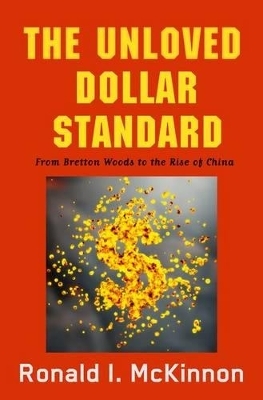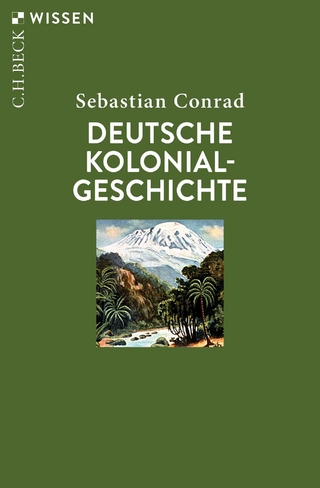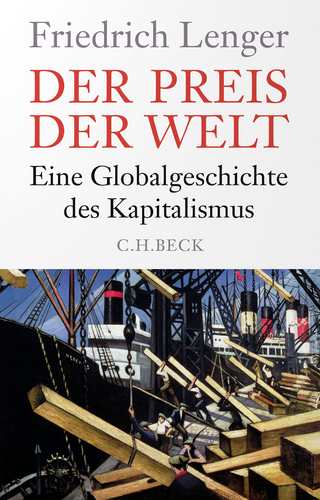
The Unloved Dollar Standard
Oxford University Press Inc (Verlag)
978-0-19-993700-4 (ISBN)
Although the strong network effects of the dollar standard greatly increases the financial efficiency of multilateral trade, nobody loves it. Erratic U.S. monetary and exchange rate policies have continually made foreigners unhappy. A weak and falling dollar led to the worldwide price inflations of the 1970s and contributed to the disastrous asset bubbles and global credit crisis of the noughties -- including the global credit crunch of 2008-09. Dollar weakness aggravated the postwar world's three great oil shocks in 1973, 1979, and 2007-08. After 2008, the U.S. Federal Reserve Bank's policy of keeping short-term interest rates near zero and out of alignment with emerging markets on the dollar standard's periphery, makes the international monetary system vulnerable to 'carry' trades: hot money inflows into the periphery that cause a loss of monetary control, commodity bubbles, and worldwide inflation . When these carry-trade bubbles suddenly unwind, they can result in huge swings in exchange rates and credit crunches.
The asymmetrical nature of the dollar standard also makes many Americans unhappy because they cannot control their own exchange rate. Under the rules of the dollar standard game as explained in chapters 2 and 3 of this book, foreign governments may opt to set their exchange rates against the dollar while, to prevent conflict, the U.S. government typically does not intervene. Nevertheless, Americans often complain about how foreigners set their dollar exchange rates unfairly. Japan bashing in the late 1970s to the mid-1990s over the alleged under valuation of the yen, and China bashing in the new millennium over the alleged undervaluation of the renminbi, are two cases in point.
Thus, while nobody loves the dollar standard, the revealed preference of both governments and private participants in the foreign exchange markets since 1945 is to continue to use it. As the principal monetary mechanism ensuring that international trade remains robustly multilateral rather than narrowly bilateral, it is a remarkable survivor that is too valuable to lose and too difficult to replace. This book provides historical and analytical perspectives on the different phases of the postwar dollar standard in order to better understand its resilience in spite of the great volatility in today's global monetary system.
Ronald McKinnon is the William D. Eberle Professor Emeritus of International Economics at Stanford University, where he has taught since 1961. He has been a consultant to central banks and finance ministries all over the world, including agencies such as the World Bank, International Monetary Fund, and European Central Bank.
1. Introduction: The Unloved Dollar Standard ; I. The International Money Machine ; 2. The Dollar's Facilitating Role as International Money Today ; 3. The Dollar as a Worldwide Nominal Anchor: The Federal Reserve's Insular Monetary Policy ; from 1945 to the late 1960s ; 4. The Slipping Anchor 1971 to 2008: The Nixon, Carter, and Greenspan Shocks ; 5. The Bernanke Shock 2008?12: Interest Differentials, Carry Trades, and Hot Money Flows ; II. Trade Imbalances ; 6. The United States' Saving Deficiency, Current Account Deficits, and De-Industrialization ; 7. Exchange Rates and Trade Balances under the Dollar Standard (Helen Qiao) ; 8. Why Exchange Rates Changes Need Not Correct Global Trade Imbalances ; 9. The Transfer Problem in Reducing the U.S. Current Account Deficit ; III. China: Adjusting to the Dollar Standard ; 10. High Wage Growth under Stable Dollar Exchange Rates: Japan 1950-1971, and ; China 1994-2011. ; 11. Currency Mismatches on the Dollar's Periphery: Why China as an Immature ; Creditor Cannot Float Its Exchange Rate ; 12. China and Its Dollar Exchange Rate: A Worldwide Stabilizing Influence? (with ; Gunther Schnabl) ; IV. International Monetary Reform ; 13. Rehabilitating the Dollar Standard and the Role of China
| Erscheint lt. Verlag | 28.3.2013 |
|---|---|
| Zusatzinfo | 58 illustrations |
| Verlagsort | New York |
| Sprache | englisch |
| Maße | 236 x 163 mm |
| Gewicht | 540 g |
| Themenwelt | Geschichte ► Teilgebiete der Geschichte ► Wirtschaftsgeschichte |
| Sozialwissenschaften ► Politik / Verwaltung ► Europäische / Internationale Politik | |
| Wirtschaft ► Volkswirtschaftslehre ► Makroökonomie | |
| ISBN-10 | 0-19-993700-1 / 0199937001 |
| ISBN-13 | 978-0-19-993700-4 / 9780199937004 |
| Zustand | Neuware |
| Haben Sie eine Frage zum Produkt? |
aus dem Bereich


